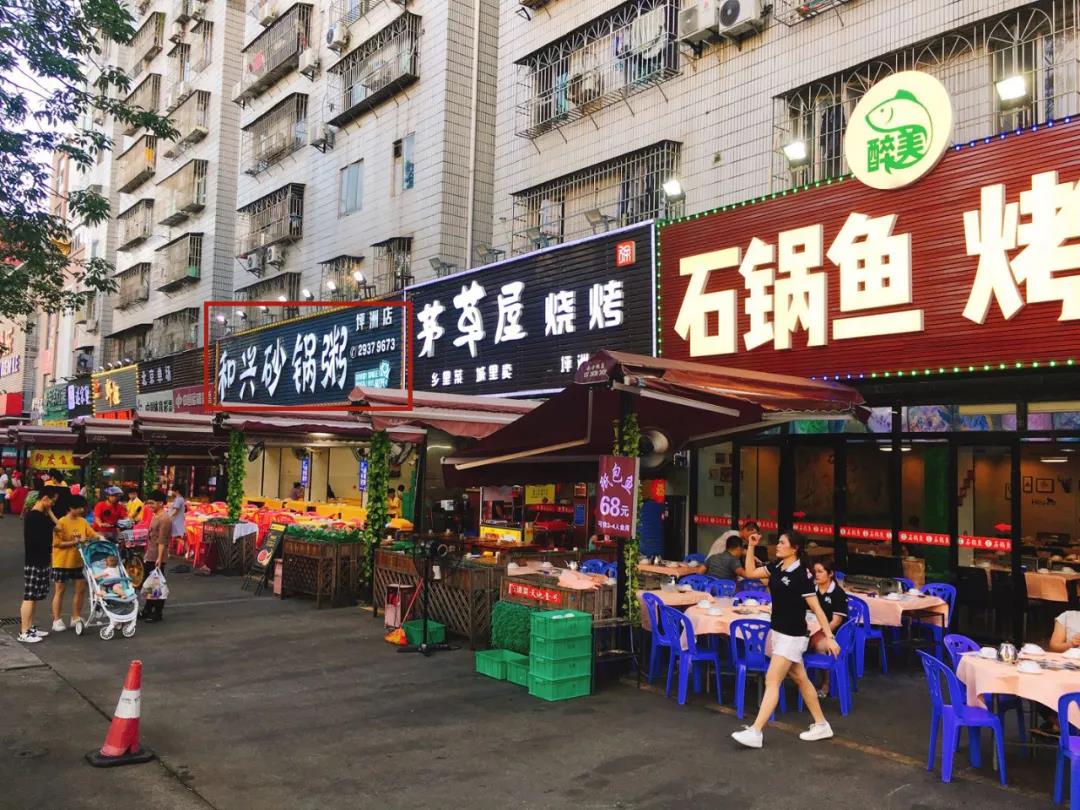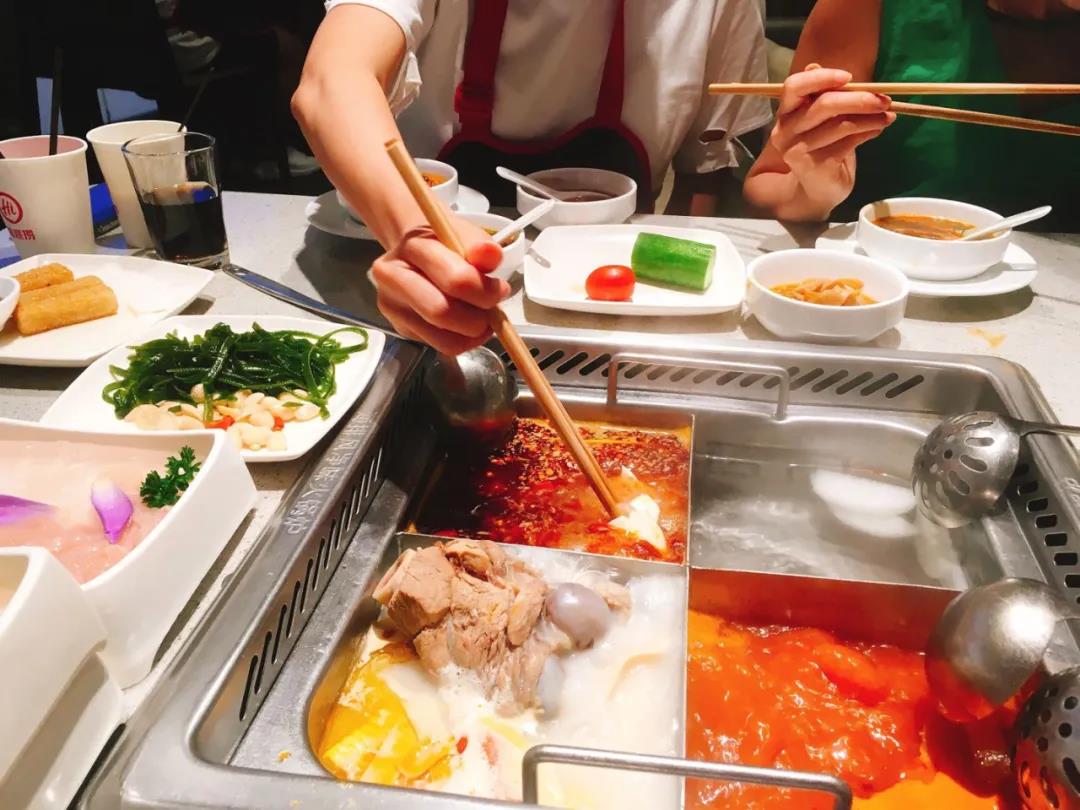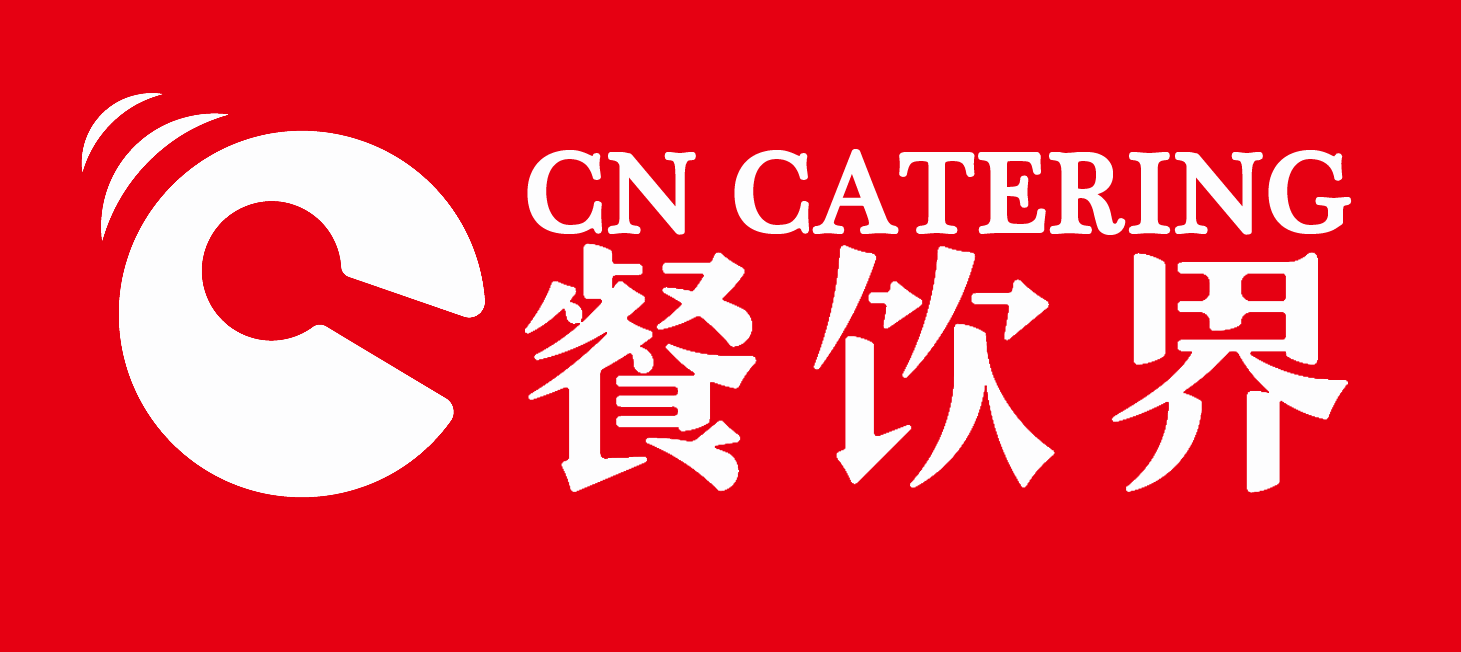30 billion-level companies will be born in the catering industry?Today's headlines

According to data from the National Bureau of Statistics, in 2020, the total retail sales of consumer goods will be 391981 trillion yuan, a decrease of 3.9% from 2019, and the income of the catering industry will drop by 16.6% from 2019. The epidemic that has lasted for more than a year has had a profound impact on the catering industry.
From a macro perspective, the catering industry will have these four major trends in the next ten years:
First, the reshuffle of the catering industry will accelerate. In the future, some restaurants with a bad environment will face elimination. The branding of catering chains will usher in development opportunities.
Second, people will pay more attention to hygiene in the future, and independent dining space will become a small trend.
Third, the supply chain of prefabricated dishes and semi-finished products will usher in new opportunities, and even direct To C opportunities.
Fourth, the future concentration of the catering industry is about 30%, and 30 companies with a value of 100 billion will be born.
ONE
The future of restaurant chain
The number of Chinese catering businesses is close to 10 million, presenting a pyramid structure of head-waist-tail. Large-scale chain catering brands at the head, small and medium-sized chain catering brands at the waist, and a large number of mom-and-pop street stalls with relatively less stringent sanitary conditions at the rear.

In the past, a very important factor for the existence of roadside stalls was cheapness. But this time, people have been spreading health knowledge by the epidemic. Hygiene and health will replace prices and become the first demand of consumers for dining in the future.
People's demands for food safety will increase the influence of catering brand endorsements. Small stores do not have brand awareness, but if a restaurant chain brand has a food safety problem in a Beijing store, no one in its Shanghai store may dare to eat it. Only chain-branded catering companies will pay more attention to its brand and reputation. And sanitary conditions.
Therefore, the epidemic has accelerated the integration of the catering industry towards chain and branding. In the future, the reshuffle of the catering industry will accelerate, and the pattern of catering chain branding will take shape. As for the operation and management of enterprises under the branding trend of restaurant chains, I think there are four key elements: product selection, location selection, supply chain capabilities, and employee management.
Selection
For catering brands that are planning to develop as a chain, which category is easy to enter the market, which category can be standardized, and which category is easier to expand in later stages, are all strategies that the brand needs to determine at the beginning of its establishment.
The reason why restaurants were difficult to scale in the past is the difference in taste. For example, in Shanxi, there are three hundred ways to eat noodles from south to north. The selection of catering chain brands must choose popular tastes. For example, there will be opportunities for Chinese hot pot in the future, because this is a category that eats all people, men, women, and children.

In addition, due to the changes in the lifestyles of a large proportion of urban young people in the future, the birth of new catering categories is also worthy of attention. The new generation of young consumers has a higher pursuit of health, taste and lifestyle.
Location
For restaurants, the importance of address is unquestionable. Especially with the development of the food delivery industry, the process of site selection needs to consider both online and offline traffic and competition. In the future, catering brands must use big data to solve the problem of location selection.
Supply chain capability
Whether it is a self-operated or outsourced supply chain, whether the supply chain capability can ensure sufficient supply to match demand is a very important part of the future development of catering chain brands.
Basically, 30% of the cost structure of a restaurant is the supply chain cost. The upstream of the catering supply chain is agricultural products. At present, in China, most agricultural products are still scattered and there is no standardized production method. This is also the most fundamental reason why it is difficult for catering supply chain companies to make profits.
I have met a CEO who is a grilled fish brand. In the past, a big dispute in restaurants was that consumers only wanted to eat two catties of fish. As a result, the waiter came with a two catty, eight or three catties, and the two parties were prone to conflicts.
What about the catering company at this time? Find ways to standardize upstream products. Only when the upstream ingredients are standardized, can restaurants be better standardized and chained. Even non-standard ingredients must be standardized in the upstream, otherwise there will be no pricing, no unified storage, and no batch processing in the back kitchen.
In addition, in the future to C mode of catering supply chain companies, such as semi-finished products processing and one-person food economy companies, it is equivalent to turning non-standard products into standard products. This may be a small trend in the future. There will be some The emergence of retail brands.
Staff management
The last element is the staff management ability of catering chain enterprises, that is to say, whether the management ability of the enterprise can match the scale of the enterprise and increase simultaneously.
In the catering industry, management is very complicated. A catering chain enterprise is composed of hundreds of stores. Each store is equivalent to a small company. It needs to take into account the management of funds, procurement, taste, store hygiene, large scale, and systematic management.
Therefore, in the process of expansion of catering brands, if management fails to keep up, a lot of problems will surely occur, such as employee corruption, service quality problems, food hygiene problems, etc. This is also what most catering companies cannot expand quickly today. reason.
Entrepreneurs should pay attention to the training of middle and senior managers, store managers, and employees in key positions. How to let employees develop with the company, founders have to do a lot of homework in corporate culture and values. The post-95s and post-00s are now difficult to manage. They are young, and they will be bored with boring work for a long time; but if the employees do not have long-term stability, the training of the clerk will be difficult, which will affect the restaurant’s dishes and service. The stability.
In addition, the main restaurant chain model in the future should be self-operated + franchise model. If it is a brand-focused business, it can be self-employed. Why? Because the supply chain is too long, from the procurement of ingredients to employee management, as well as the overall service quality control, the self-operated model can achieve the ultimate management.
However, some food and beverage categories, such as various beverages and milk tea in the sinking market, are relatively free of complex SKUs and no complicated management. They can be operated through a self-operated + franchise model.
In the future, catering chain brands not only have opportunities, but they are also very big. As we have analyzed just now, in about five to eight years, the total scale of catering will reach a market of six to eight trillion yuan. We believe that there will be a concentration of 30%. In the future, there will definitely be a restaurant chain brand with waist merchants as the mainstay. There will be 30 companies with 100 billion yuan and 100 billion yuan.
TWO
Semi-finished business opportunities and suggestions in the catering industry
In addition to brand chaining, there are also opportunities for entrepreneurs in the upstream catering supply chain.
As mentioned earlier, there has never been a large startup company in the field of catering supply chain. The reason is that startups can only survive in the cracks between giants and hawkers.
On the one hand, for example, the high-demand, easy-to-sell, easy-to-transport, and negligible standard products such as rice, noodles, grain, oil, etc., have giant companies that control the upstream and can produce and sell in large quantities, so entrepreneurs often have no chance Bigger.
On the other hand, there are thousands of small traders in China, such as beef traders, pork traders, fishmongers, etc. Such small traders are often very small, even two people, and the operating cost can be reduced to a very low level. . Basically, if you buy it for 100 yuan and sell it for 102 yuan, he may still be able to save money or make a meager profit. As a purchaser, restaurant owners often do not have long-term loyalty.

So on the whole, we believe that the opportunity for the catering supply chain in the future lies in semi-finished catering.
Semi-finished catering can help restaurants reduce losses, increase efficiency, and be healthier and healthier, so restaurants will be willing to pay, and giants and hawkers can't do it.
First, this is a labor-intensive "heavy" industry. Semi-finished catering companies must have in-depth control of the upstream supply chain and need to open their own factories, or at least invest a lot of manpower in the entire management and control process. This is often what the giants who prefer light, standardized, and fast-scale replication are unwilling to do.
Secondly, the upstream supply chain of catering is actually a non-standard business, and its value is to standardize non-standard products through catering semi-finished products. It is impossible for giants to go to the mountains to pick fruits and grow vegetables. They would rather choose to invest in such a company than to go to work on their own. For example, in the first half of 2020, Meituan invested in such a company to standardize non-standard upstream supply chains. After they picked the radishes and vegetables, they washed, cut, and packaged them, turning them into standard products, and then selling them to Meituan restaurants.
The small vendors who supply small shops are essentially buying low and selling high. They have neither processing capabilities nor financial capabilities, nor do they have the ability to manage industrialization. Therefore, the pre-processed semi-finished food and beverage ingredients are just an opportunity for startups to compete with small vendors.
THREE
What should a catering supply chain startup company do?
1. The core of semi-finished catering business is research and development capabilities.
The development of catering products requires a good understanding of restaurants. Including the restaurant's category, SKU, scale, and even what kind of ingredients he needs when and so on. Driven by technology, give a portrait to the restaurant. Then develop semi-finished products that meet the needs of restaurants.
Secondly, product selection is critical. Avoid categories that have very low added value or are relatively standardized, and choose a single category that is relatively vacant in this market and has a relatively high customer unit price. Achieving "people without me, others with me superior", this is also what the CEO must personally grasp.
2. Give full play to the power of socialized supply.
Entrepreneurship in the future must give full play to the power of socialized supply. Entrepreneurs have limited energy, and the core of the business of semi-finished food and beverage ingredients is to do a good job in product research and development. Other things, including factories, warehousing and logistics, sales, etc., can be solved by giving full play to the power of socialized supply.
3. Unity of thoughts and values in the upstream and downstream of the supply chain.
Entrepreneurs, as integrators of the supply chain, need to export their ideas and values. For internal teams, creativity needs to be stimulated; for upstream and downstream partners in the supply chain, it is also necessary to unify thinking to ensure quality and efficiency. Only in this way can inside and outside be able to work together to form competitiveness, otherwise it will be a mob. For long-term development, values are very important.
免责声明:1.餐饮界遵循行业规范,转载的稿件都会明确标注作者和来源;2.餐饮界的原创文章,请转载时务必注明文章作者和"来源:餐饮界www.canyinj.com",不尊重原创的行为餐饮界或将追究责任;3.投稿请加小编微信toutiaoxiansheng或QQ1499596415。4.餐饮界提供的资料部分来源网络,仅供用户免费查阅,但我们无法确保信息的完整性、即时性和有效性,若网站在使用过程中产生的侵权、延误、不准确、错误和遗漏等问题,请及时联系处理,我们不承担任何责任。
 扫码关注餐饮界微信号
扫码关注餐饮界微信号


 Media
Media


